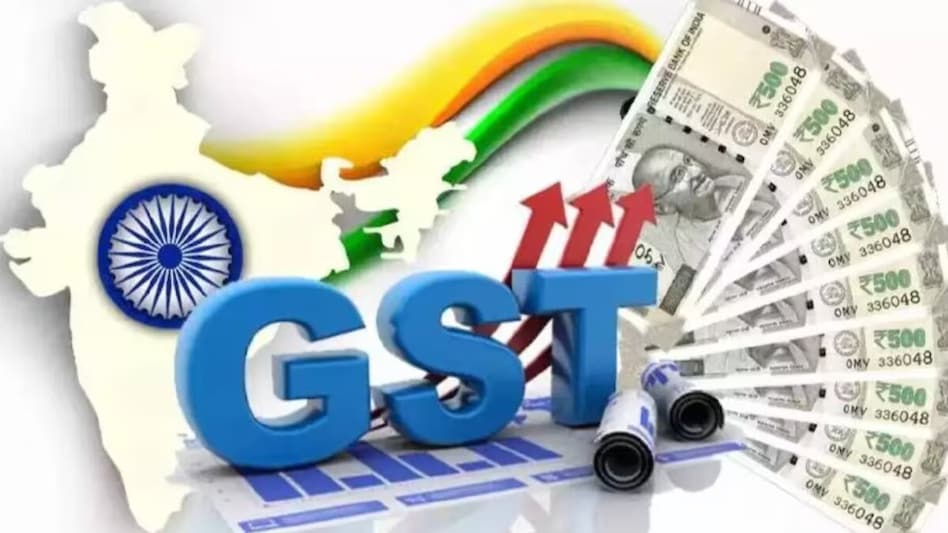 The monthly data on GST mop-up is released on the first day of every month and indicates demand conditions in the economy in the previous month.
The monthly data on GST mop-up is released on the first day of every month and indicates demand conditions in the economy in the previous month.  The monthly data on GST mop-up is released on the first day of every month and indicates demand conditions in the economy in the previous month.
The monthly data on GST mop-up is released on the first day of every month and indicates demand conditions in the economy in the previous month. With the government unlikely to release monthly collection figures on the goods and services tax (GST) henceforth, an important high-frequency indicator to gauge the economic momentum will be missed.
Along with other high-frequency indicators such as car sales, PMI, direct tax collections, factory output and railway freight, the monthly GST mop-up data helps to paint a picture of the health of the economy in the previous month.
Together, these data points are used by policymakers and analysts to assess if any further measures are required to sustain the economic momentum.
The monthly data on GST mop-up is released on the first day of every month and indicates demand conditions in the economy in the previous month. This is because GST is a consumption-based tax and captures sales of products.
Further, the data on the indirect tax also provides some pointers to the health of the finances of the Centre and the states as it is an important source of revenue for both. It also gives an indication of the level of monthly imports as integrated GST is levied on imports.
The finance ministry has been releasing monthly collection data of the indirect tax since its roll out in July 2017, with exceptions being the months during the Covid-19 lockdown. However, sources indicated that the data would no longer be released this month onwards. Government sources had indicated that gross GST collections touched Rs 1.74 lakh crore in July this year but no data was provided on either the net tax collections or state wise proceeds.
While there has been no official word on the decision to stop monthly releases on GST collection – the practice is expected to be continued for direct taxes, the perception is that the high collections from GST was indicating a high level of taxation on the common people. Several social media users had in fact in the past complained that the high tax collections, which touched an all time high of Rs 2.04 lakh crore in April 2024, was an indication of the high burden of GST on goods and services used on a daily basis by individuals.
Sandeep Sehgal, Partner- Tax, AKM Global, a tax and consulting firm states noted that GST collection figures remain an important data point for understanding economic trends, guiding policy decisions, and evaluating fiscal health. “It serves as a crucial tool for policymakers in devising effective strategies for economic management and budgetary planning,” he said.
Experts also noted that the high collection of GST is not only due to a high tax burden but also because of a variety of measures aimed at improving compliance as well as checking tax evasion.